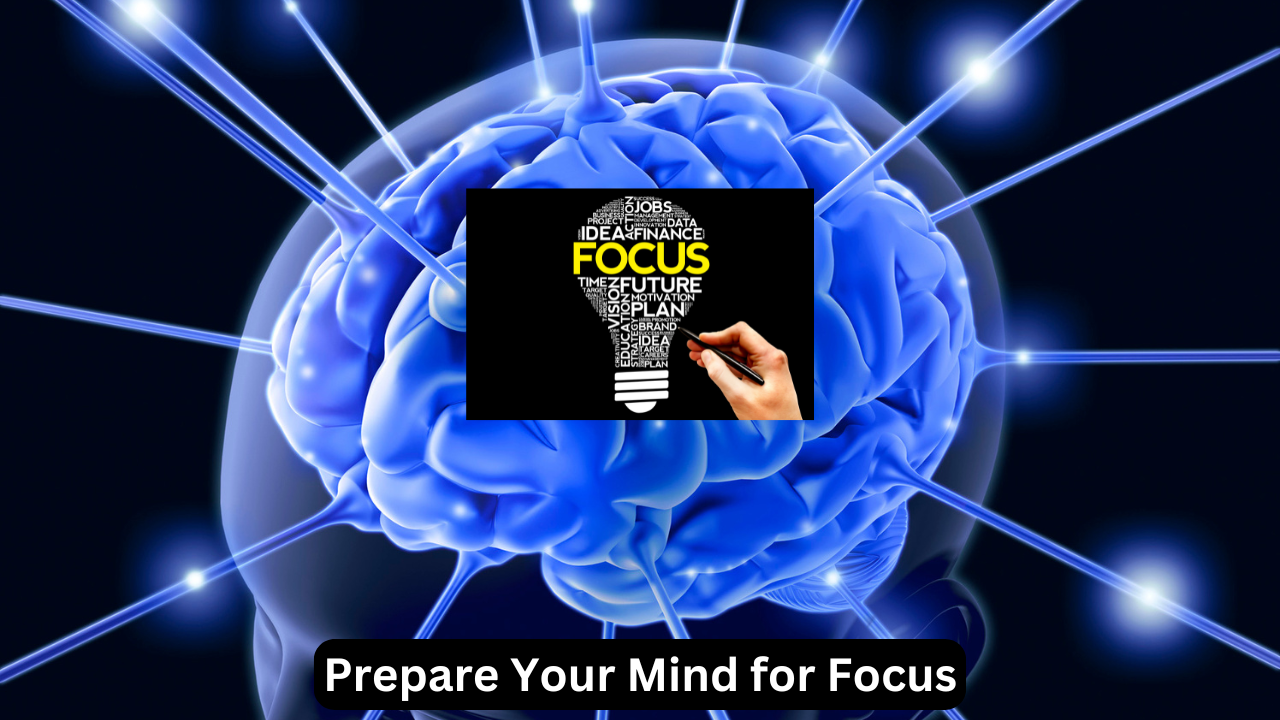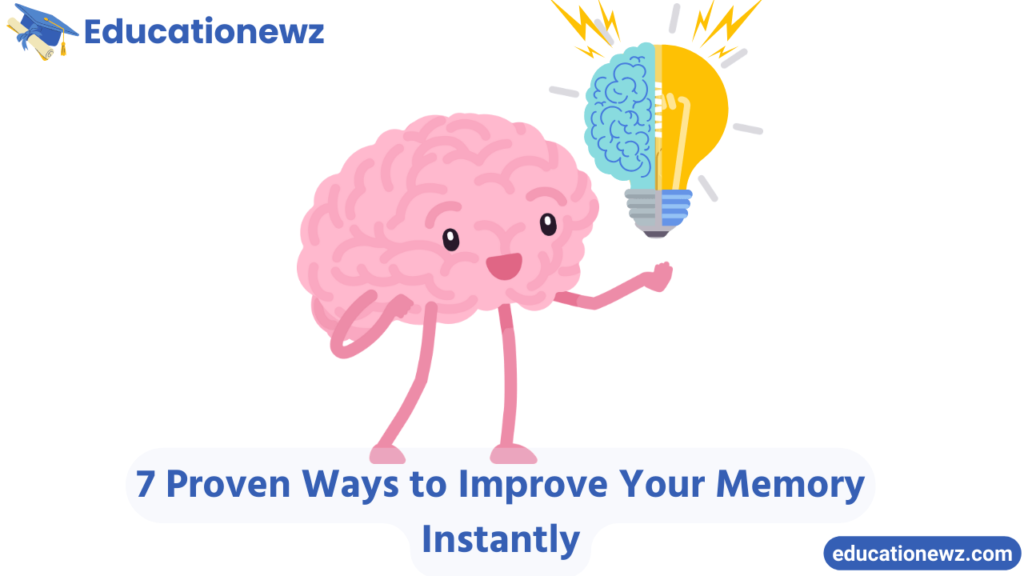A distraction-free study environment improves focus, reduces interruptions, and enhances productivity, making it easier to achieve academic goals efficiently.
In today’s fast-paced world, maintaining focus can be a significant challenge, especially for students striving to excel academically. Creating a distraction-free study environment is essential for staying productive and achieving your educational goals. Whether you’re tackling challenging assignments or preparing for exams, a dedicated, well-structured environment can work wonders for your concentration. This article provides ten practical strategies to cultivate a study environment that minimizes distractions, optimizes focus, and enhances your learning experience.
Why a Distraction-Free Study Environment is Important?
A distraction-free study environment is key to unlocking your full academic potential. When you’re in a space that’s quiet, organized, and free of interruptions, your ability to focus sharpens, and you absorb information more efficiently. Distractions, whether they come from your phone, noise, or clutter, make it harder to concentrate and lead to mental fatigue, slowing down your learning. By creating a dedicated study zone, you eliminate external interruptions and set yourself up for productive, focused study sessions. This not only helps you retain more information but also reduces stress, allowing you to approach your work with clarity and confidence. A distraction-free space isn’t just a luxury—it’s a powerful tool for academic success.
1. Choose the Right Location for Your Study Space

Finding a suitable spot is the foundation of a productive study environment. The location should be quiet, free from heavy foot traffic, and away from potential interruptions like TV or noisy conversations.
- Key Tips:
- Pick a room with a door to limit noise.
- Avoid places with too many distractions, like the kitchen or living room.
- If home isn’t ideal, consider a library or coworking space for a focused setup.
A good study environment begins with location, and selecting a dedicated spot ensures consistency and mental readiness.
2. Declutter and Organize Your Workspace
A cluttered desk can overwhelm your mind, leading to distractions. Keeping your study space neat and tidy helps you focus better.
- Steps to Declutter:
- Remove unnecessary items like unrelated books, devices, or knick-knacks.
- Use storage solutions like drawers, trays, or shelves to keep supplies organized.
- Arrange your materials (pens, notebooks, laptop) for easy access.
A clean, well-organized study environment reduces mental clutter, allowing you to channel your energy toward your studies.
3. Leverage Technology to Minimize Distractions
While technology often causes distractions, the right tools can enhance focus. Applications and settings can block distracting websites or social media.
- Use tools like:
- Focus apps (e.g., Freedom or Cold Turkey) to block distractions.
- Timer apps for productivity techniques like the Pomodoro Technique.
- Digital planners to organize tasks and deadlines.
By using technology to your advantage, you create a study environment that helps maintain focus while managing time effectively.
4. Set Specific Goals Before Each Study Session
Setting clear objectives keeps your study time structured and productive. Without specific goals, you might find yourself wandering aimlessly through material.
- How to Set Goals:
- Break down larger tasks into smaller, manageable chunks.
- Use SMART goals: Specific, Measurable, Achievable, Relevant, and Time-bound.
- Write down your objectives to stay on track.
Example: Instead of “study history,” say, “Complete notes for World War II and review two practice questions.”
Clear goals not only create a sense of urgency but also help maintain a distraction-free study environment.
5. Use Noise-Canceling Tools to Block External Disturbances

Noise is one of the most common distractions in any study environment. Investing in noise-canceling headphones or earplugs can make a world of difference.
- Options for Reducing Noise:
- Play white noise or calming background music.
- Use apps like Rainy Mood or Calm for ambient sounds.
- If possible, soundproof your study area with rugs or acoustic panels.
A quiet study environment improves concentration and reduces frustration caused by external noise.
6. Establish a “Do Not Disturb” Signal
Letting others know you’re unavailable is crucial for maintaining uninterrupted focus. A simple signal can communicate your need for quiet time.
- Ideas for Signals:
- Place a “Do Not Disturb” sign on your door.
- Wear headphones as a universal sign of focus.
- Inform family or roommates of your study schedule.
By setting boundaries, you ensure that your study environment is respected, fostering uninterrupted productivity.
7. Maintain a Consistent Schedule
A structured routine trains your brain to recognize when it’s time to study, enhancing focus during those hours.
- How to Build a Study Schedule:
- Allocate specific time slots for studying each day.
- Use time-blocking techniques to organize tasks.
- Include regular breaks to prevent burnout.
Consistency builds habits, making your study environment more effective over time.
8. Control Lighting and Ergonomics
The physical setup of your study environment significantly affects focus and comfort. Poor lighting or an uncomfortable chair can hinder your productivity.
- Tips for a Comfortable Setup:
- Use bright, natural light or daylight bulbs for better focus.
- Invest in an ergonomic chair and desk to avoid strain.
- Position your monitor at eye level to reduce neck fatigue.
An ergonomically sound study environment supports long hours of uninterrupted learning.
9. Plan Your Breaks Wisely
Studying for hours without breaks can lead to mental fatigue and reduced efficiency. Well-timed breaks help refresh your mind.
- How to Take Effective Breaks:
- Follow the 25/5 Pomodoro method: 25 minutes of study, 5 minutes of break.
- Engage in light stretching or a quick walk during breaks.
- Avoid social media during breaks to prevent getting sidetracked.
Breaks not only recharge you but also ensure that your study environment remains a place of focus.
10. Prepare Your Mind for Focus

Distractions often arise from within—overthinking or procrastination. Training your mind to stay present is just as important as optimizing your space.
- Mental Preparation Techniques:
- Practice mindfulness or meditation to calm your thoughts.
- Avoid multitasking, as it divides attention and reduces efficiency.
- Journal your distractions and plan solutions for managing them.
Creating a mental study environment free from internal distractions enhances your ability to stay on task.
Strategies for a Distraction-Free Study Environment
| Strategy | Key Action | Benefit |
|---|---|---|
| Choose the Right Location | Select a quiet and consistent study spot | Reduces external interruptions |
| Declutter Workspace | Organize your materials | Lowers mental clutter |
| Leverage Technology | Use apps to block distractions and manage time | Enhances focus |
| Set Specific Goals | Define clear and actionable objectives | Keeps study sessions productive |
| Noise-Canceling Tools | Use headphones or soundproofing methods | Eliminates auditory distractions |
| “Do Not Disturb” Signal | Communicate availability clearly | Maintains uninterrupted focus |
| Maintain Consistent Schedule | Study at the same time daily | Builds productive habits |
| Optimize Lighting & Ergonomics | Invest in comfortable and supportive furniture | Improves physical well-being |
| Plan Breaks Wisely | Incorporate timed breaks into your schedule | Prevents mental fatigue |
| Mental Preparation | Use mindfulness and avoid multitasking | Enhances internal focus |
FAQs on Creating a Distraction-Free Study Environment
1. Why is a distraction-free study environment important?
A distraction-free environment enhances focus, minimizes interruptions, and allows you to retain more information effectively.
2. What tools can help block online distractions?
Apps like Freedom, Cold Turkey, or browser extensions like StayFocusd can block distracting sites during study sessions.
3. How can I manage noise distractions while studying?
Invest in noise-canceling headphones, play white noise, or choose a quiet study location.
4. What is the Pomodoro Technique, and how does it help?
The Pomodoro Technique involves studying for 25 minutes followed by a 5-minute break, promoting sustained focus and preventing burnout.
5. How do I deal with internal distractions like overthinking?
Practice mindfulness techniques, avoid multitasking, and create a list of distractions to address later.
6. Can studying at the same time daily improve focus?
Yes, a consistent schedule trains your brain to associate specific times with focused activity, enhancing productivity.
7. What lighting is best for a study environment?
Bright, natural light or daylight bulbs work best for minimizing eye strain and improving concentration.
8. How long should my study sessions last?
Ideally, study sessions should last 25–50 minutes with short breaks in between to maintain focus and prevent fatigue.
Conclusion
Creating a distraction-free study environment is a deliberate process, but the rewards are undeniable. With improved focus, increased productivity, and better learning outcomes, you’re setting yourself up for success. By implementing these strategies, you’re not just organizing your space—you’re taking control of your study habits and unlocking your full potential. When your environment supports your goals, you’ll be able to dive deeper into your studies, retain more information, and feel more confident in your academic journey. The effort you put into crafting the perfect study space will pay off in your academic achievements and personal growth. Please follow our blog Educationewz.



